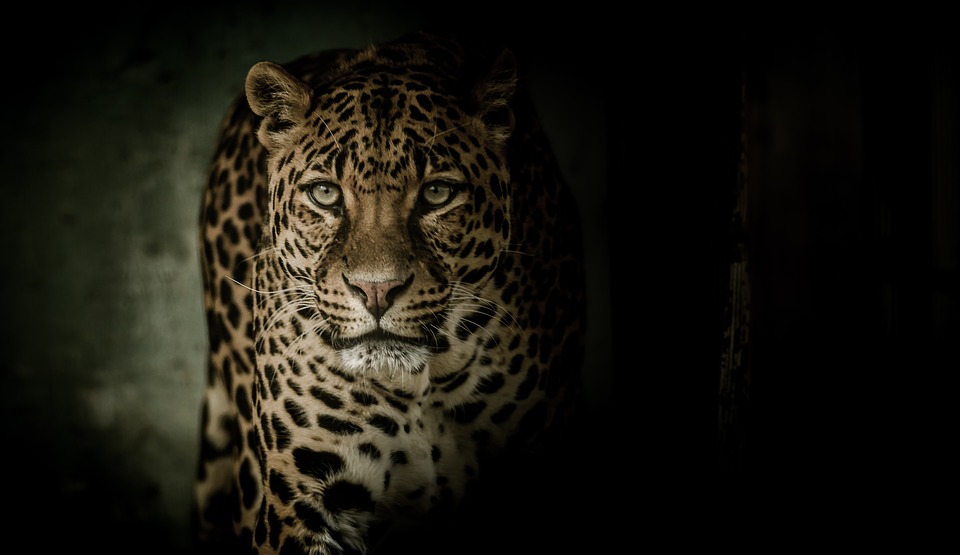Wild animals come out of their dens and into the direct line of fire of their worst enemy man. Big cats attack and kill livestock, hunt economically important prey and can kill or injure people or be perceived as a threat to human safety. These conflicts may motivate humans to try to manage predators to lessen the damages.
Predators are essential to ecosystems because they regulate prey populations. Without predators, prey can become over-abundant. This can result in damage to local plants, as well as disease outbreaks that can spread to domesticated animals.
A deadly conflict is under way between India’s growing population and its wildlife confined to ever-shrinking forests and grasslands. Data shows that about one person has been killed on average every day for the past three years by roaming tigers or rampaging elephants.
Statistics released this week by India’s environment ministry reveal that 1,144 people were killed between April 2014 and May 2017. That figure breaks down to 426 human deaths in 2014-15, and 446 the following year.
The human conflict with tigers has gradually increased since the 1970s, when India launched a nationwide tiger conservation project that carved out sanctuaries in national parks and made it a crime to kill a big cat.
Most of the Tiger attacks in India appeared in the Sundarbans mangrove forest National Park of West Bengal. Sundarbans host largest population of tigers in the world due to its densely covered mangrove forests and climate. Attacks by tigers and leopards on humans and livestock in India marked a seasonal and geographical variation
According to one report of Uttar Pradesh Forest department that Tiger attacks were found to be higher in winter (42.5%) with the highest peak in February (19.2%), “which probably corresponds to a high influx of people collecting fuel wood in forest areas,” followed by summers (39.7%).
However, when it came to attacking livestock, the highest number of incidents involving leopards and tigers were reported during monsoons: 45-50%.
Reason Behind
India’s population of 1.3bn is still growing, and as it does it is increasingly encroaching into the country’s traditional wild spaces and animal sanctuaries, where people compete with wildlife for food and other resources.
- Deforestation
- Loss of Habitat
- Decline in Prey
- Injured or Old Animal
- Growing Human Population
Solutions
Instead of killing big cats, there are other measures we can take to reduce conflict and learn to live with them. Without predators, ecosystems become unbalanced in many ways because plants, herbivores and small predators change in response to their loss.
- Fencing
- Land-Use Planning
- Predators without harming the predator population
- Concentrate to increase the prey population
- Use lights, sounds to keep predators away from homes and livestock
- Wildlife scientists and forest officers can play a critical role in deciding how to deal with the problem animal.
- Trained people needed to mitigate conflict
Source: walkthroughindia.com, scientificamerican.com, The Conversation, theguardian.com
